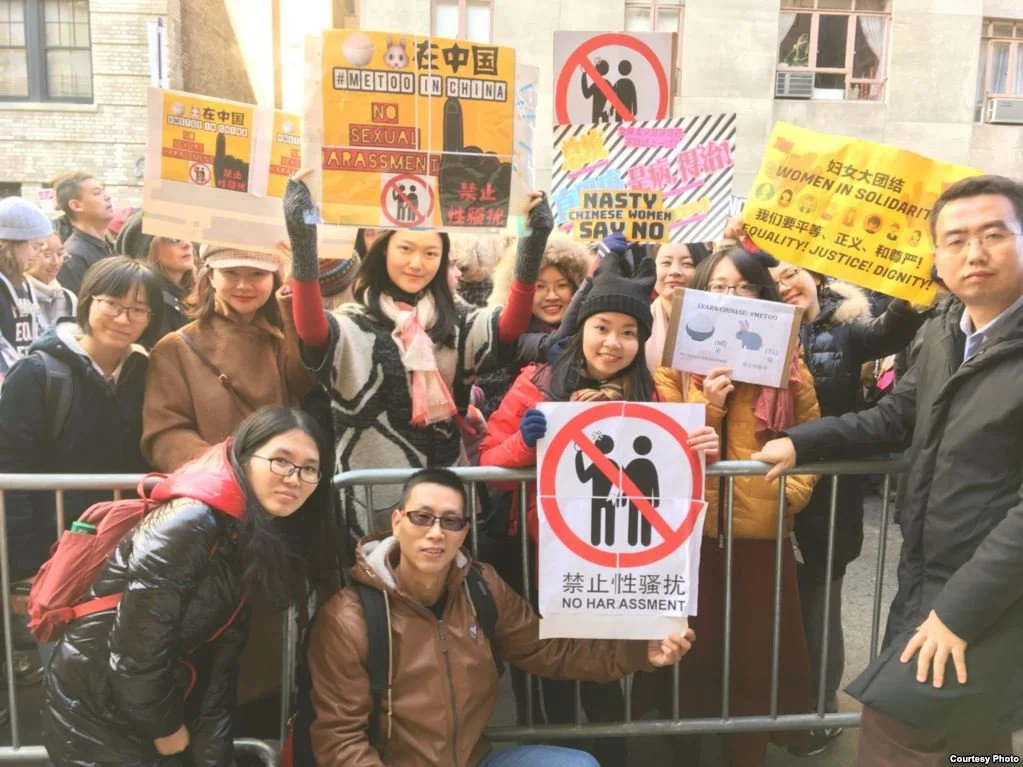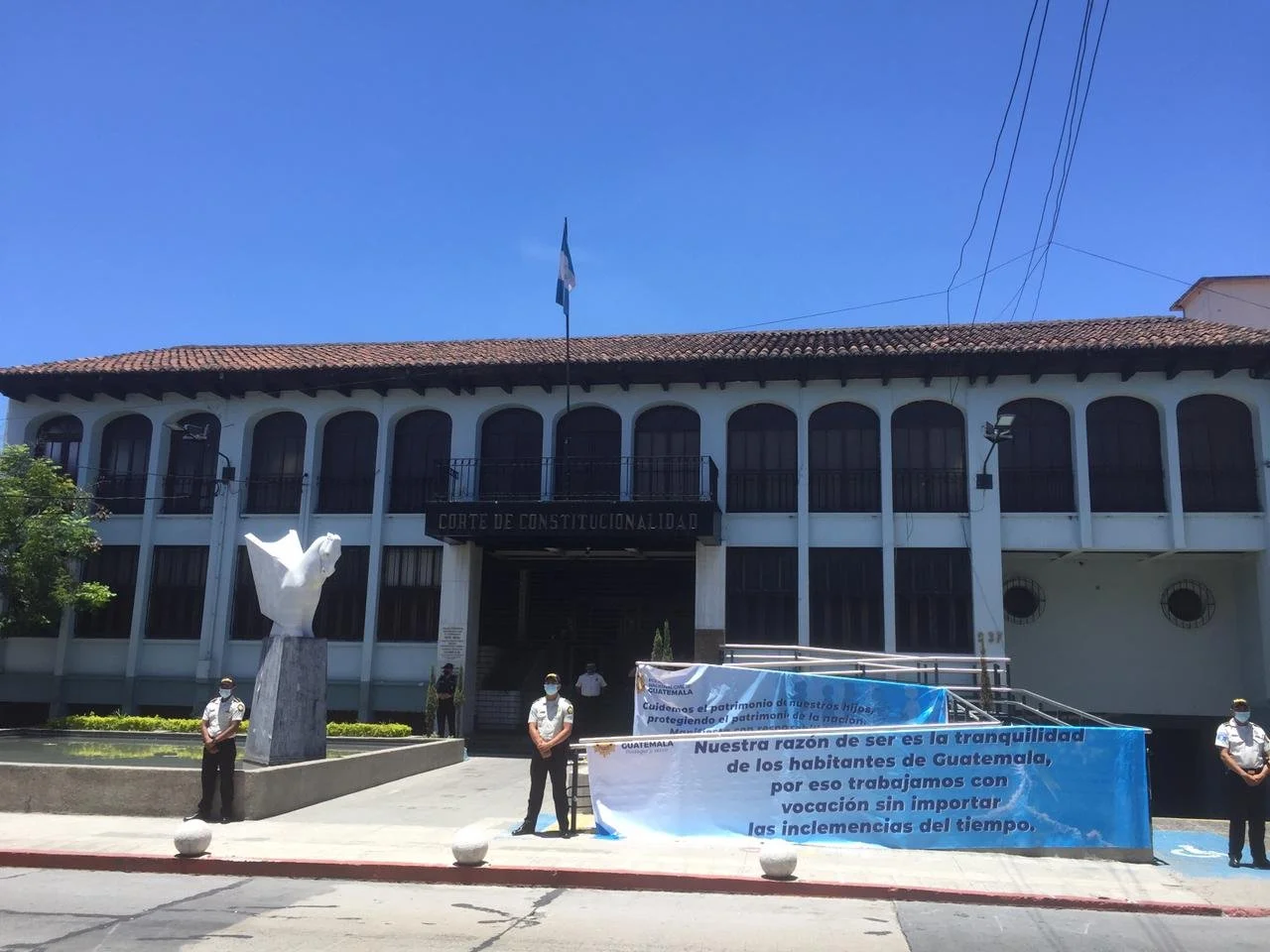A Chinese spy balloon was spotted by civilians over Montana. It floated over the United States until it was shot down by a F-22 fighter jet on Feb. 4. Photo courtesy of Chase Doak via Wikimedia Commons.
Elizabeth Murray ’26
Staff Writer
On Wednesday, Feb. 1, 2023, a Chinese surveillance balloon was spotted by civilians flying over Montana, The Washington Post reported. In the following days, the balloon made its way across the continental United States. It was shot down off the coast of South Carolina on February 4 by an F-22 fighter jet. According to NPR, reactions varied from the serious — such as Secretary of State Anthony Blinken canceling his diplomatic trip to Beijing — to the trivial, including a Saturday Night Live cold open featuring the balloon played by Bowen Yang.
CNN reported on new details that have emerged regarding the capabilities of the balloon since it was shot down. This balloon was part of a larger fleet, and reports have emerged of additional balloons floating over Latin America and the U.S., the article explained. According to Time magazine, the balloon was equipped with “multiple antennas … likely capable of collecting and geolocating communications,” a U.S. official stated. The “undercarriage” of the balloon — where the surveillance equipment is believed to be housed — was spotted among the debris, ABC News said.
Professor Calvin Chen, professor of politics at Mount Holyoke College explained that the use of the balloon comes off as unusual for a country that is widely viewed as being at the forefront of technology. “The fact that they were using balloons perplexed me because they have way more satellites, good satellites. They have an orbit that can be used for surveillance and other purposes. To be caught like this and have it shot down, and have all this kind of bad PR, is a little bit of a head-scratcher to me,” he said.
The political reaction in the U.S. has put a strain on what was already a frosty relationship between the U.S. and China. “Relations between the U.S. and China have been quite tense for some time and this will only make things worse,” Professor Andrew Reiter, associate professor of politics and international relations at Mount Holyoke College, said.
According to CNN, a spokesman for the Chinese Ministry of Defense responded to the shooting of the balloon by saying, “The U.S. used force to attack our civilian unmanned airship, which is an obvious overreaction. We express solemn protest against this move by the U.S.’ side.” This international incident caused a domestic stir in Congress as well, with senators and representatives of both parties criticizing the Biden Administration’s hesitation to shoot down the balloon, a Politico article said. According to a Reuters article on the issue, Biden addressed this in his State of the Union speech: “I am committed to work with China where we can advance American interests and benefit the world,” he said. “But make no mistake about it: as we made clear last week, if China threatens our sovereignty, we will act to protect our country. And we did.”
Looking ahead, relations between the U.S. and China are likely to remain tense. The U.S. and other countries are now on high alert for unfamiliar objects in their airspace.According to the Associated Press, in the span of eight days, four similar objects have been shot down by U.S. fighter jets. According to NBC News, China has also accused the U.S. of flying spy balloons over their airspace, meaning that the issue will likely be a point of diplomatic contention between the two countries.



















